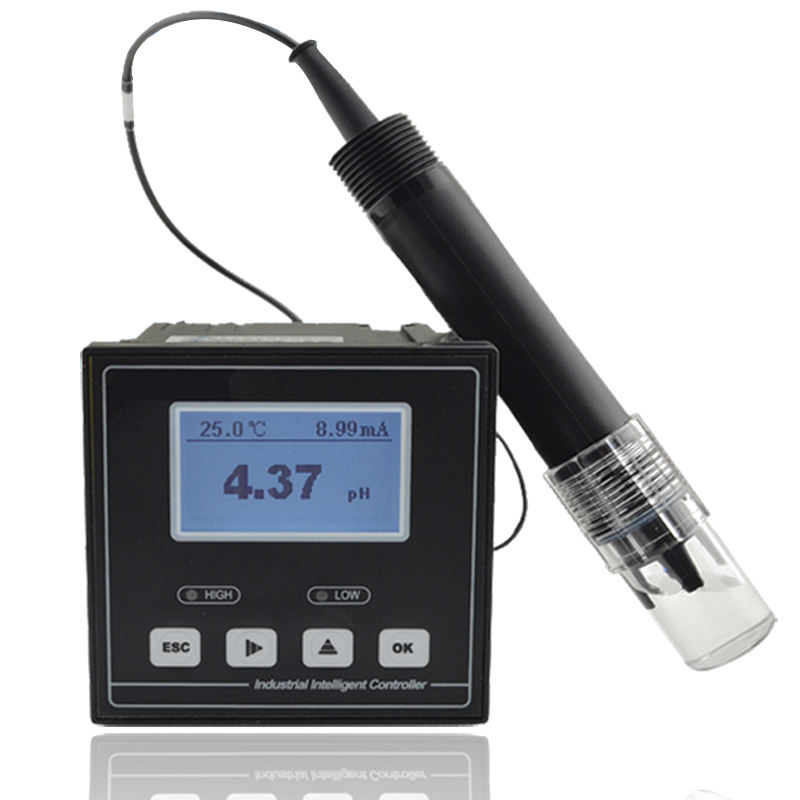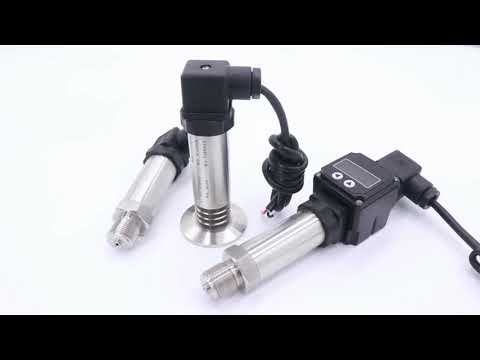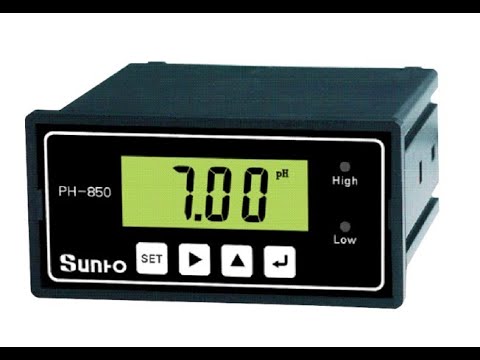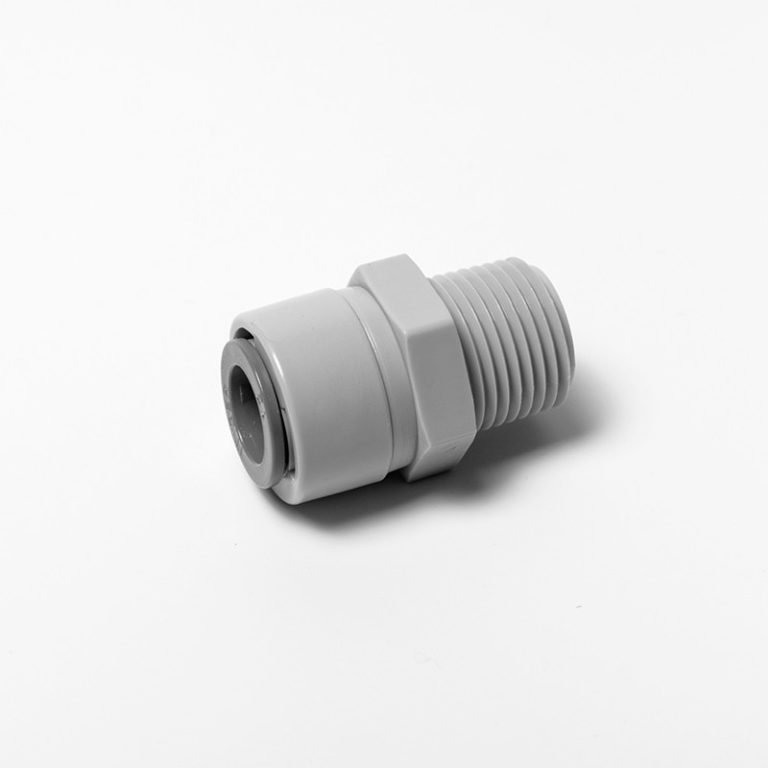Measuring conductivity: Unveiling the flow of electrical potential.
Introduction to Conductivity Measurement
Conductivity measurement is a crucial aspect of various industries, including water treatment, chemical manufacturing, and electronics. It allows us to determine the ability of a substance to conduct electric current. By measuring conductivity, we can assess the purity, concentration, and overall quality of a solution. In this article, we will explore the different methods used to measure conductivity and their applications.
One common method of measuring conductivity is through the use of a conductivity meter. This device consists of two electrodes, typically made of platinum or graphite, which are immersed in the solution being tested. An electric current is then passed between the electrodes, and the conductivity meter measures the resistance encountered by the current. The higher the conductivity of the solution, the lower the resistance, and vice versa.

Another method of conductivity measurement is through the use of a conductivity cell. This cell consists of two electrodes separated by a known distance. The solution being tested is placed between the electrodes, and an electric current is passed through the cell. The conductivity of the solution is then calculated based on the resistance encountered by the current and the known distance between the electrodes.
In addition to these direct methods, there are also indirect methods of conductivity measurement. One such method is the use of a conductivity probe. This probe consists of a sensor that detects changes in electrical conductivity when immersed in a solution. The probe is connected to a meter, which displays the conductivity reading. This method is often used in field applications where portability is important.
Transitional phrase: Now that we have explored the different methods of conductivity measurement, let’s discuss their applications.
Conductivity measurement finds applications in various industries. In the water treatment industry, conductivity measurement is used to monitor the quality of water. High conductivity levels may indicate the presence of impurities or contaminants, while low conductivity levels may suggest a lack of essential minerals. By regularly measuring conductivity, water treatment plants can ensure that the water they provide meets the required standards.
In the chemical manufacturing industry, conductivity measurement is used to monitor the concentration of solutions. By measuring conductivity, manufacturers can ensure that their solutions have the desired concentration for specific applications. This is particularly important in industries such as pharmaceuticals, where precise concentrations are crucial for the effectiveness and safety of the final product.
Conductivity measurement also plays a vital role in the electronics industry. It is used to assess the purity of materials used in electronic components. Impurities can affect the conductivity of these materials, leading to performance issues or even failure of electronic devices. By measuring conductivity, manufacturers can identify and eliminate impurities, ensuring the reliability and functionality of their products.
In conclusion, conductivity measurement is a fundamental process used in various industries to assess the ability of a substance to conduct electric current. It is achieved through the use of conductivity meters, cells, and probes. These methods allow us to measure the resistance encountered by an electric current and calculate the conductivity of a solution. Conductivity measurement finds applications in water treatment, chemical manufacturing, and electronics, where it is used to monitor water quality, assess solution concentration, and ensure the purity of materials. By accurately measuring conductivity, industries can maintain the desired quality and performance of their products.







